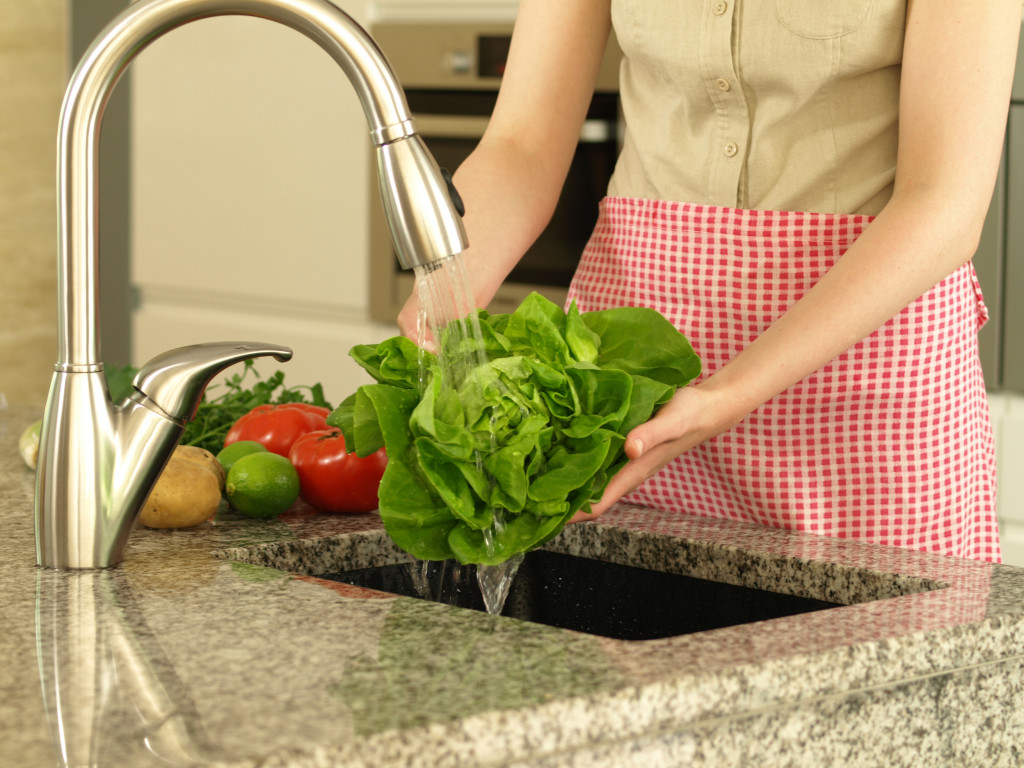If you live in a residential area, chances are you’re on a well or septic system. While these systems are typically low-maintenance, they can fall into disrepair if not properly cared for. Poor water quality is one of the most common problems with residential wells and septic systems, and it is one of the biggest environmental concerns of Americans. Here are some of the causes of poor water quality and what you can do to improve it.
Causes of Poor Water Quality
There are many potential causes of poor water quality in residential areas. Some of the most common include:
Bacteria
Bacteria are microscopic organisms that are found in almost all environments, including water. While some bacteria are necessary for healthy ecosystems, others can cause disease. Wells and septic systems can become contaminated with bacteria from a variety of sources, including runoff from livestock pastures, failing septic tanks, and improper well construction.
Nitrates
Nitrates are chemical compounds that contain nitrogen. They are found in a variety of materials, including fertilizers, animal waste, and sewage. High levels of nitrates in water can be dangerous, especially for infants and young children. Nitrate contamination of wells is usually caused by agricultural runoff or failing septic systems.
Iron
Iron is an element that is found naturally in rocks and soil. It is also used in a variety of industrial processes. When water comes into contact with iron-containing materials, it can dissolve and cause iron contamination. Iron contamination of wells is usually caused by leaching from iron pipes or rusting galvanized well casings.
Improper Disposal Of Paint, Oil, or Other Chemicals
Paint, oil, and other chemicals can contaminate water sources if they are spilled near water sources or if they seep into the ground. This can be dangerous for both people and animals who drink from or come into contact with the contaminated water.
It is important to take proper precautions to avoid contaminating water sources with paint, oil, and other chemicals. When using these materials, always dispose of them properly and make sure they are stored in a safe place where they cannot come into contact with water. If you accidentally spill any of these materials, be sure to clean them up immediately and take steps to prevent them from happening again.
Pet Droppings
Pet droppings can be a major source of bacteria and other contaminants in residential water sources. When pet droppings are left untreated, they can contaminate both wells and septic systems with harmful bacteria and parasites. This can cause a variety of health problems for people and animals who drink from or come into contact with the contaminated water.
It is important to properly dispose of pet droppings to prevent them from contaminating water sources. Be sure to clean up any pet droppings immediately and take steps to prevent them from happening again. If you have a septic system, be sure to have it properly maintained to avoid contamination. If you have a well, make sure to have it tested regularly for contaminants.
To avoid causing further problems to your community’s local water supply, you can also coordinate with local authorities and leaders to impose policies about cleaning up pet droppings. Apart from keeping your water clean, having owners pick up after their pets improves your community’s general appearance, too.

Solutions for Improving Water Quality
The best way to improve water quality is to prevent contamination in the first place. Some ways to do this include:
- Test your water regularly and have it treated if necessary.
- Inspect your septic system regularly and have it pumped out as needed.
- Avoid using chemicals near your well or septic system.
- Plant trees and shrubs around your well or septic system to help absorb contaminants.
- Use phosphate-free detergents and soaps.
- If your local water sources are polluted, start a movement to have them cleaned up.
- Install purification systems like an ultrafiltration system or a reverse osmosis system for your home
Final Thoughts
If you live in a residential area, it’s important to be aware of the potential for poor water quality. There are many potential causes of poor water quality, including bacteria, nitrates, and iron contamination. The best way to improve water quality is to prevent contamination in the first place by testing your well water regularly, inspecting your septic system regularly, avoiding chemicals near your well or septic system, planting trees and shrubs around your well or septic system, and using phosphate-free detergents and soaps. By taking these simple steps, you can help ensure that your family has access to clean, safe drinking water.









